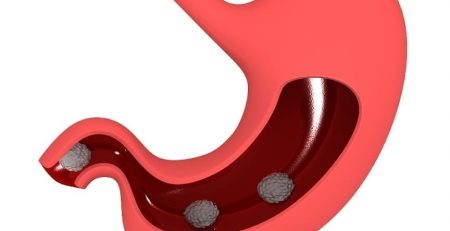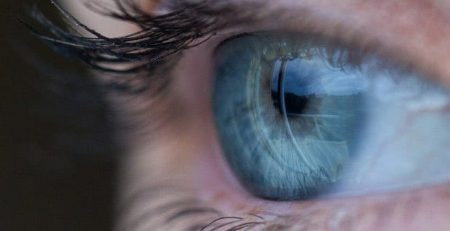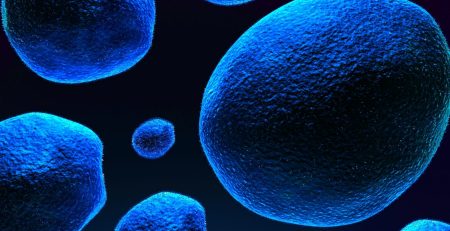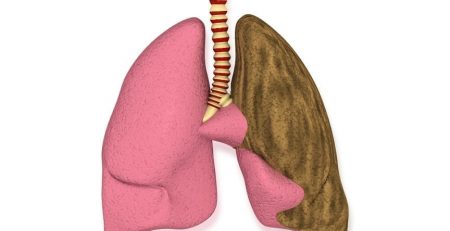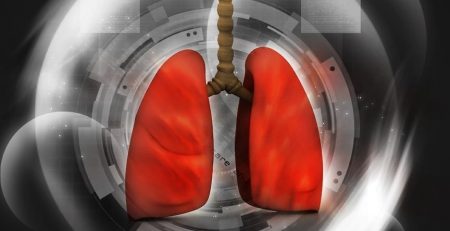Muscle Stiffness May Actually Be an Athletic Strength
While muscle stiffness is something most of us try to avoid, physical therapist and researcher Philip Anloague of the University of Dayton argues, in an article originally published in The Conversation, that stiffness may actually be an athletic superpower, allowing athletes to generate even more power.
Anloague, who works with National Basketball Association (NBA) players, explains that “(l)ower extremity stiffness is important for optimal basketball performance because athletes who appropriately use greater stiffness characteristics can take advantage of the elastic energy it creates.”
Stiffness, Anloague explains, is a way to talk about how springy a muscle is; a characteristic of how much a muscle can lengthen in response to an applied force, allowing it not only to stretch, but also to recoil. Basketball is not only a vertical, but also a multi-directional sport, requiring constant acceleration and deceleration of movement. A muscles length, and therefore ability to stretch, is limited by its stiffness. “So, like a spring or rubber band, when the muscle is stretched, that stiffness helps to create elastic energy that can then be used with a muscle contraction to help you run or jump on the court.”
This isn’t to say a certain degree of flexibility isn’t important. Too much stiffness can lead to reduced joint motion and a decreased ability to absorb shock at the joints, in addition to other injuries. This is why it’s important for athletes to find the “sweet spot” of muscle elasticity, something Anloague and his team are hoping to uncover, “in an attempt to help elite athletes minimize risk of injury and maximize performance.”
The first step for Anloague and his team of researchers was to compare NBA athletes to the typical value of flexibility of the average population. He points out that, while ankle flexibility for an average individual is between 50 and 55 degrees, the typical NBA player averages 35 degrees. To force an NBA player to stretch to meet this textbook value “could very well be kryptonite to an NBA athlete,” Anloague writes.
Anloague argues that continued research to understand the continuum between stiffness and stretch can better assist trainers, particularly when working with basketball players. “My colleagues and I theorize that there is an optimal level of compliance and stiffness that helps keep our basketball heroes super,” he concludes.





